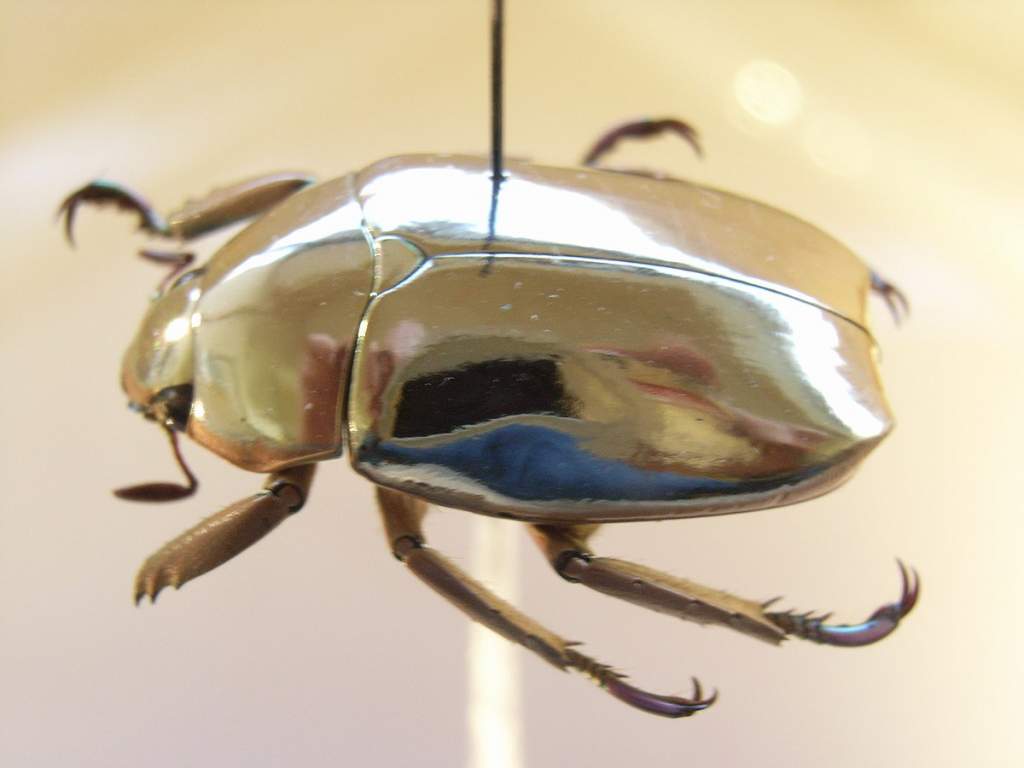Worldwide Wild Bees
Almost every terrestrial habitat in the world is home to bees, except Antarctica and the most barren mountaintops. Urban environments and the Arctic Circle, where there are seasonal superabundances of flowers, seem to be ideal habitats for these bees.
The relationship between bees and flowers is one of the most distinctive characteristics, with some bees specializing in certain plant species and others being generalists. There are also differences in the types of habitats that bees inhabit, as well as differences in the type of foraging and behavioral traits they exhibit. There is also a key difference between tropical and temperate bees.

Bees from the New World
Massive and untouched land masses once covered the Western Hemisphere, ripe with diverse yet connected habitats. Until recently, these vast lands were largely unexplored by humans, resulting in an unimaginable diversity of flowering plants.
Because of the diverse flora of the Americas, thousands of unique bee species evolved that specialize in native flowering plants. Peponapis and Xenoglossa, two tiny squash bees belonging to the long-horned bee family Eucerini, only forage pollen and nectar from squashes, melons, and pumpkins.
They are so closely intertwined that squash bees may occasionally reside inside squash flowers, synchronizing their activities with the opening and closing of the squash flowers. In terms of nutrition, loosestrife bees (Macropis sp.) have a preference for loosestrife flowers, but they cannot find much nectar from these flowers, so they must find other sources of carbohydrates for a balanced diet. Blue orchard bees (Osmia lignaria), for instance, have a broad diet that includes whatever blooms are in season at the time.
Bees from the Old World
As in other parts of the world, persistent predator threats have influenced bee behavior, most often by forcing them to stay mobile rather than settle down and invest in sedentary lifestyles. There are more predators in tropical areas than in temperate climates, and these are the habitats where we find more aggressive bees and wasps today.
In tropical environments, more aggressive bees have benefited from selection pressure due to the drop in gentle bees a long time ago. Throughout the Americas, however, bees diversified along with the flowering plants, finding hiding places in every kind of habitat, from sub-Saharan Africa to Siberia, and everywhere in between.
As the Ancient Egyptians used aggressive honey bees for beekeeping, humans had to perform selective breeding to promote desirable traits, such as a lack of aggression and low rates of swarming, as noted in the more temperate honey bee races in Italy and Russia.
Related Reading – The Bumblebees – A Social Insect with a Single Queen







